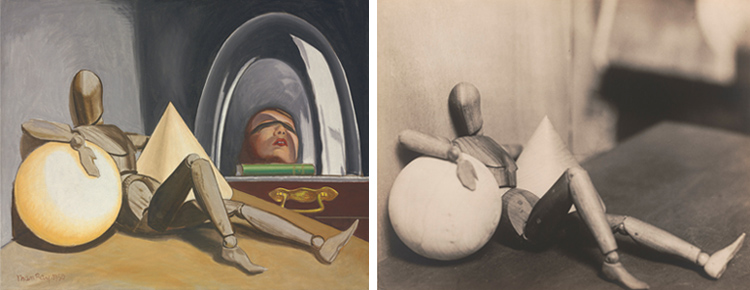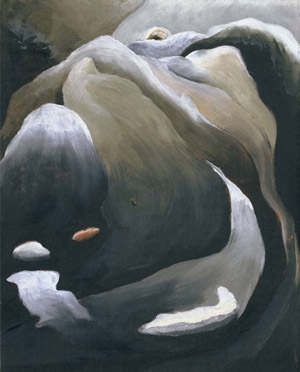On Friday evening, March 6, about 40 special guests gathered in a small library at the Metropolitan Club (New York, NY) for a reception celebrating contemporary art at the Phillips. While sipping on champagne, our guests were treated to a salon conversation between Director Dorothy Kosinski and philanthropist, arts patron, and collector Agnes Gund, who captivated the audience with anecdotes from her rich collecting experience.

Top row: Director Dorothy Kosinski in conversation with collector Agnes Gund; Bottom left: Kosinski and Mark Smith; Bottom right: Phillips Contemporaries Carl Bedell, Allana D’Amico, Laura Deming, and event host Todd Galaida
In the spirit of collecting and Duncan Phillips’s vision, Kosinski took the opportunity to announce an exceptional gift of 18 American sculptors’ drawings, promised by Phillips trustee and art collector Linda Lichtenberg Kaplan, showcasing the museum’s commitment to building a carefully crafted, in-depth collection. “These extraordinarily generous gifts enable us to extend Duncan Phillips’s legacy in meaningful ways,” she said. “Through such outstanding works, we can strengthen the museum’s already authoritative voice for modern and contemporary art, while also enriching our distinctive exhibition narrative—one renowned for the visual conversations created between important American and European artists.”


